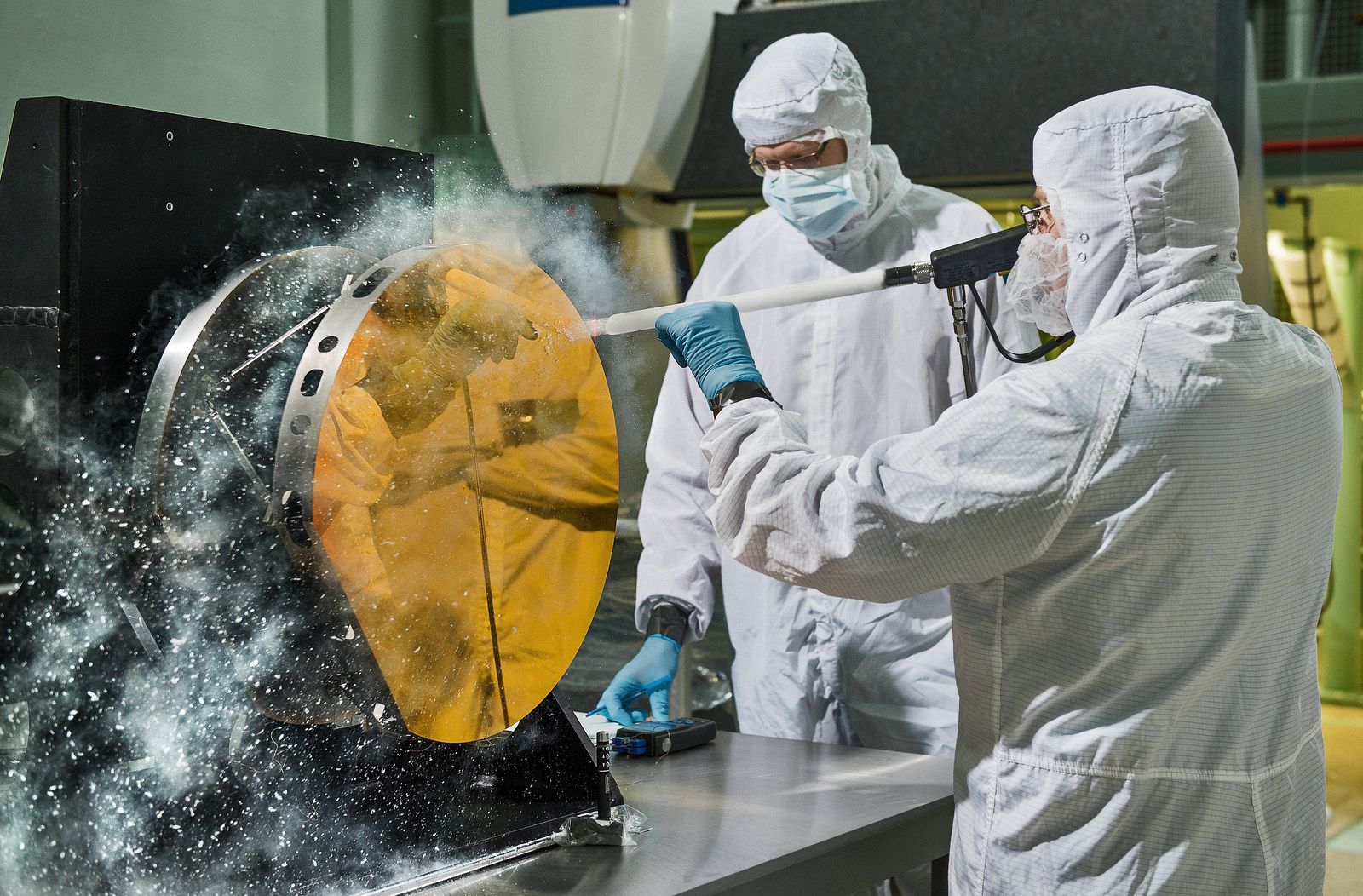
Nuclear engineering stands as a dynamic field at the intersection of science and technology, encompassing the exploration, control, and application of nuclear and radiation processes. This multifaceted discipline plays a crucial role in various domains, including research, industry, medicine, and national security. Rooted in fundamental principles of physics and mathematics, nuclear engineering addresses complex interactions, such as nuclear energy release, neutron and gamma-ray transport, heat transfer, fluid flow, chemical reactions, and material behavior under radiation exposure. This article delves into the historical origins, evolution, and diverse applications of nuclear engineering.
History:
The advent of nuclear engineering traces back to the 20th century with the groundbreaking discovery of nuclear fission in 1939 by German chemists Otto Hahn and Fritz Strassmann. The realization of the explosive potential of fission led to the establishment of the Manhattan Project during World War II, aiming to develop the first nuclear weapons. The project, led by Italian physicist Enrico Fermi, resulted in the construction of the first nuclear reactor, Chicago Pile No. 1, in 1942. Post-war, the successful development of nuclear submarines spurred the growth of nuclear engineering, evolving into a distinct discipline with applications extending beyond weaponry.
Academic Development:
Recognizing the peaceful applications of nuclear energy, academic institutions began establishing schools of reactor technology in the late 1940s and early 1950s. This laid the foundation for academic departments and degree programs in nuclear engineering during the 1950s and ’60s. Notable institutions, including Oak Ridge National Laboratory and Argonne National Laboratory, pioneered these educational initiatives. The surge in commercial nuclear power plants in the 1960s and ’70s further fueled the demand for nuclear engineering expertise. Today, more than 40 departments and programs offer nuclear engineering courses in the United States and Canada, with over 60 similar programs established worldwide.
Diverse Applications of Nuclear Engineering:
Nuclear engineering encompasses a broad spectrum of functions across various sectors, including basic and applied research, development, fabrication, construction, operation, and product support. Different employers engage nuclear engineers in diverse tasks, ranging from architectural engineering and reactor design to medical applications, regulatory oversight, and defense programs. The versatility of nuclear engineering extends to specialized areas such as radiation measurement, fusion energy, plasma physics, nuclear materials, and health physics.
Branches of Nuclear Engineering:
- Nuclear Power:
The extensive growth of nuclear power plants worldwide, with over 400 reactors generating electricity, represents a pivotal branch of nuclear engineering. Specializations within nuclear power include reactor physics, radiation transport, thermal hydraulics, heat transfer, core design, safety analysis, and fuel management. - Navy Nuclear Propulsion:
Drawing parallels with commercial power generation, nuclear engineering finds applications in naval propulsion for submarines and surface ships. The expertise gained in the navy often transitions into roles within the commercial nuclear power industry. - Fusion Energy and Plasma Physics:
Nuclear engineers collaborate with plasma physicists to explore nuclear fusion, a potential energy source. Initiatives like ITER aim to harness fusion for practical power generation, providing an almost limitless energy supply. Controlling fusion reactions poses challenges akin to those faced in fission reactions. - Nuclear Weapons:
While highly classified, nuclear engineers contribute to weapons programs, engaging in research, development, design, fabrication, production, testing, maintenance, and surveillance of nuclear weapons. The complexity of nuclear weapons demands interdisciplinary collaboration. - Radioisotopes:
Nuclear engineers play a pivotal role in the production and application of over 2,000 radioactive isotopes. These isotopes find uses in medical applications, industrial tracers, X-ray equipment, and sterilization processes. Notable examples include molybdenum-99, crucial for medical imaging. - Nuclear-Waste Management:
Addressing the challenge of nuclear waste, nuclear engineers contribute to the design of permanent repositories. High-level and low-level nuclear wastes require careful consideration, with ongoing efforts to establish secure disposal facilities. - Nuclear Materials:
Studying the effects of radiation on materials, nuclear engineers aim to develop radiation-resistant materials for use in reactors, spent fuel storage, and other high-radiation environments. Understanding the changes in material properties due to irradiation enables the development of innovative materials. - Radiation Measurements:
Nuclear engineers specializing in radiation measurements contribute to the development of advanced detection and measurement systems. These systems enhance imaging technologies, contribute to nondestructive testing, and address nuclear proliferation concerns by detecting nuclear materials. - Medical and Health Physics:
In the realm of medical applications, nuclear engineers collaborate with medical physicists and radiation oncologists. They analyze radiation transport within the human body, assessing the impact of ionizing radiation on healthy and diseased tissues.
Nuclear engineering, originating from the crucible of wartime scientific endeavors, has evolved into a diverse and indispensable discipline with far-reaching applications. From powering cities through nuclear energy to advancing medical diagnostics and contributing to national security, nuclear engineers continue to push the boundaries of knowledge. The ongoing challenges, including waste management, safety analysis, and fusion energy, underscore the importance of nuclear engineering in addressing global energy needs and societal well-being. As technology progresses, nuclear engineering remains at the forefront of scientific innovation and technological advancement, shaping the future of energy and beyond.





